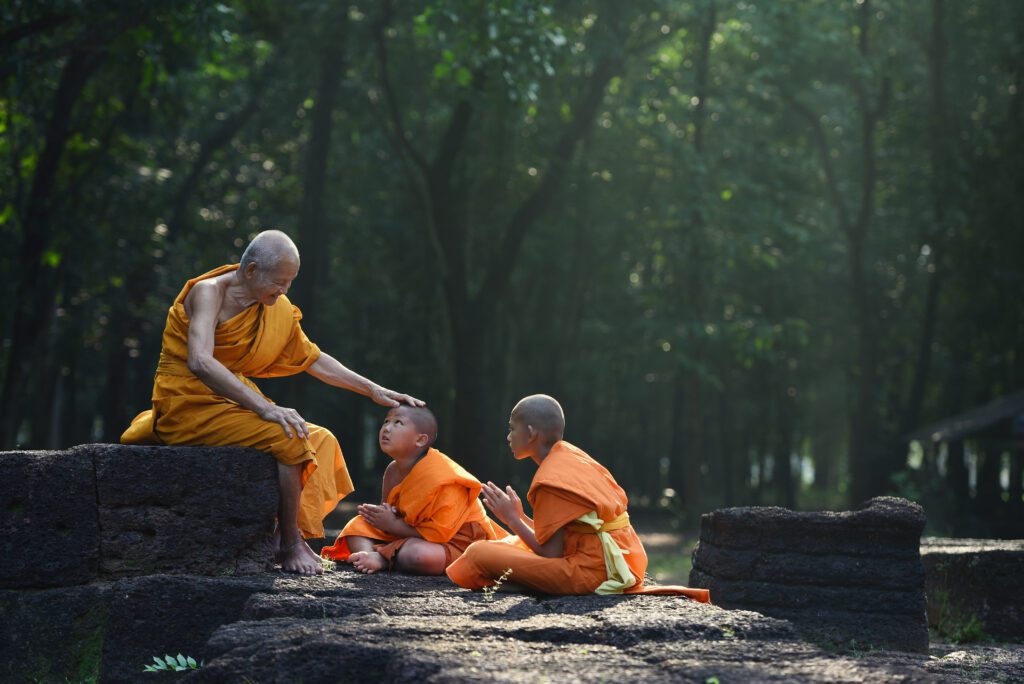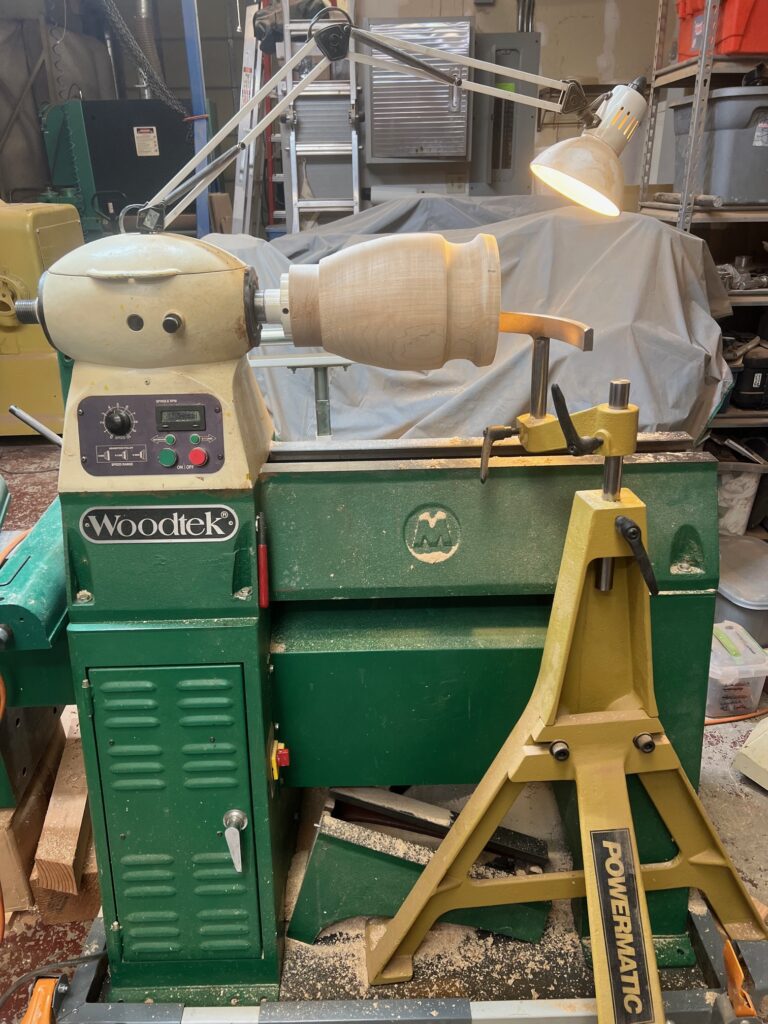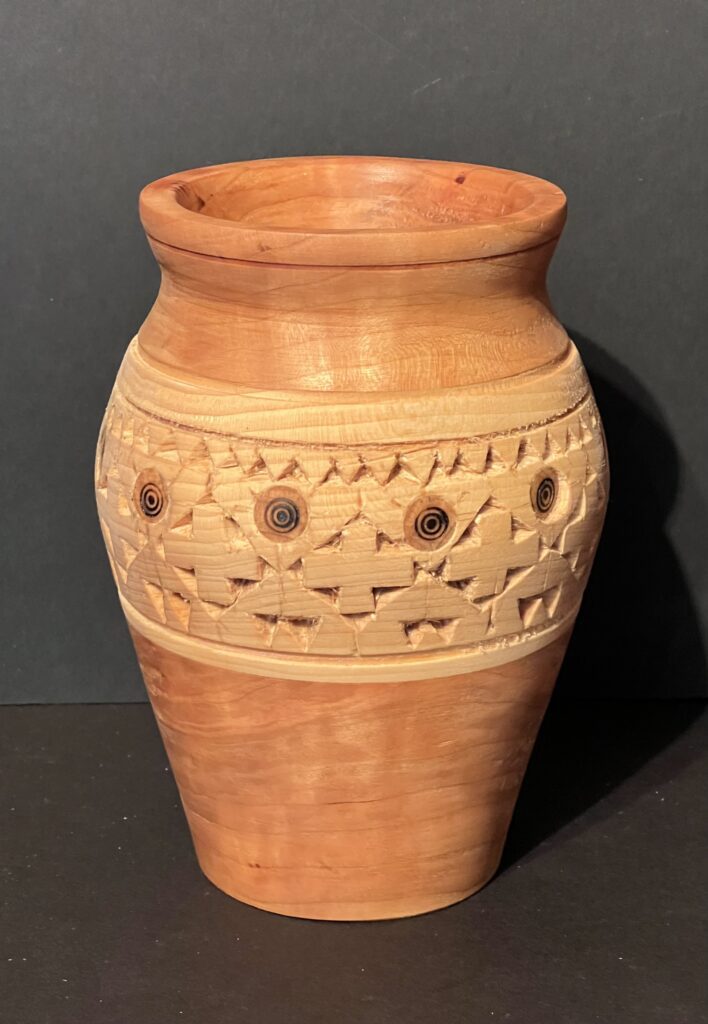
Is it possible to give up something we could have for the sake of something that benefits others?
Of course it is. That is what parents do for their children. All the time.
It is what neighbors do for each other. Indeed, it is at the heart of “Love thy neighbor as thyself” . It is at the center of the compromises democratic organizations and governments need to make with competing interests of its constituents to be able to govern well.
Think of the greater good

Renounce for a better world
In a land where individual achievements are celebrated and success often comes after beating out the competition, giving up something we could have for the “greater good” can seem radical, indeed, quaint. But it is at the heart of what makes civilization possible.
It is, perhaps, one of the most important gestures we can make. Extend this from individuals to groups, villages to nations and it seems to me that this is what keeps the world going. It is a central gesture behind love.
It’s about love
Such an attitude could be called the spirit of renouncement. It has something to do with love, empathy, and sacrifice. It is an ingredient in interdependence and inclusion.
A revival of a spirit like this could go a long way to overcome the divisiveness and conflict we humans impose on each other.
RENOUNCEMENT – AN OLD IDEA FOR TODAY
Renouncement – or renunciation– is generally associated with monks, ascetics, and religions. While monastic life is not my life, I have learned many aspects of that life through Cafh and its meditation practices. It has helped me to live a deeper and richer life.
The spirit of renunciation comes into my life in the form of letting go, setting free, dedicating myself to a higher purpose, simplifying the unnecessary, and practicing love. It helps me to remember to consume less. It is an attitude relevant to living in the context of climate change, the scapegoating that is widely practiced by groups and at the heart of addressing social injustices.
Living on a small planet where species extinction is rampant, and where we all need to learn to live in peace with other people and other cultures, especially those who are different than us, the discovery and practice of voluntarily letting go of something I could have – renouncement – has been central for me.
However, I realize that this word had a long, mixed history. Often associated with an ascetic, self-denying life, or even guilt, I have learned that in proper proportion, it is one of the most important, most often unspoken, ingredients of a meaningful life. It is not an end but instead, a means to realize so many other values.
It is kind of like tea. Put a little boiling water and you have wonderful drink. Put in too much and you have a horrible drink. Learning to use renouncement for good requires discernment of what do I value.
WOOD WORKING AND RENOUNCEMENT
I am a wood worker. Lately, I most often create through wood carving and woodturning on a lathe. While this is primarily manual work, I find it can be a helpful metaphor for renouncement.

One bright, sunny morning I was in Santa Fe, New Mexico, walking on Canyon Road, a road filled with art galleries. With its mountain elevation of over 7000 feet, the light was strong, and everything had that clarity I associate with mountains. It was if I had gotten a new eyeglass prescription.
A subtractive art
I heard a loud pinging sound coming from the front of one of the many galleries. The source of the sound was a sculptor, creating a marble sculpture, one hammer blow at a time. I walked over to to him and we started talking. He told me from where the marble had been quarried and what the work would look like when completed. I told him how much I loved stone sculpture. I told him that though I never have had the opportunity to work in stone, I carved in wood.
He smiled and said, “Ah, but it is the same. They are both are subtractive arts!”
It was at that moment that I realized that not only are stone carving and wood carving subtractive arts, but that renouncement was a subtractive addition to the art of living.

LOVE AND RENOUNCEMENT
It may seem odd to put love and renouncement in the same sentence but the following quote from Rumi, the 13th century Persian poet, whose translated work is amongst the most popular poetry in the world even today, 800 years later.
“Your task is not to seek for love, but merely to find all the barriers within yourself that you have built against it.”
If daily life is the uncut marble and if love is my intention, then the process to find it is one of discovery of what is already there. I need to let go, extract the barriers that impede it.
Seeing those impediments isn’t always easy. I have to be able to see others without all the blame and criticism I may have within but project on to others. I need to be able to see where I fall short in my ability to listen to others.
In short, I need to discover and own the self-centered state of consciousness that is so often my default state of awareness. I need to be aware of where my attention goes and how. I need to see how I am attached to an image of myself that I want others to see and thus distort reality.
Moreover, I need to learn to stop comparing myself to others. I need to discover and put an end to my tendency to rank others hierarchically, through my unquestioning adoption of cultural social hierarchies. And of course, I need to change my focus on wanting to be loved and learn to love unconditionally.
There is a lot to let go – to renounce. But there is a possibility hidden in that uncut marble that I sense and the chipping away becomes, after a while, no longer a project but a lifestyle.
RENOUNCEMENT AND DISATTACHMENT
Disattachment is a funny word. It is often confused with “detachment” but it is very different. What am I “attached” to? In the above examples, this could be my attachment to my image. It could be my attachment to my desires and fears, fears about others, desires for things to go my way. Disattachment from these things doesn’t mean that they are bad. It does mean that they are parts of the “marble” that I need to remove to find love though.

Meditation and Self Knowledge
In Cafh, we use a meditation theme called “The Two Roads” which has as its effect, its feeling, disattachment. Imagine you are at a crossroads, and you must choose one road or the other. This is a daily event whenever we have to make a choice. It may be that both roads are pretty good, but you can’t go down both.
In that case, you must let go of one of the possibilities. In the meditation exercise, I see myself letting go of one possibility. It is the one that impedes me. It is the one that is creating a barrier to love. I need to break my attachment to it in order to realize this possibility. It is a “ping” of the hammer chipping away the marble.
This is perhaps a silly example. I am a person who does not put much value on the way I dress. I probably could live my life in blue jeans and a sweatshirt.
However, virtuous as that may sound to some, it is not appropriate in all situations. If I am a professional (as I have been as a physician), I need to dress in a way that respects the patient’s expectations of how a physician should look. I need to recognize that outer appearances do have a significant role in how others see me. To come to work in jeans, in my environment, does not convey the level of professionalism that my patients’ expect.
Of course, this may be different in other situations. However, the key thing is not to be attached to blue jeans and sweatshirt. It is to be flexible depending on circumstance, not just my own preference. Moreover, it is to think about how I affect others. It is to renounce my disregard of “fashion” for the greater good of improving my connections with others.

RENOUNCEMENT AND DECLUTTERING THE MIND
Recently, there have been several popular books about decluttering our houses. Meditation is a way to declutter our minds and hearts.
The electronic world in which we live, information rich and wisdom poor, is like a firehose aimed at our attention centers. Much of it is trying to sell us something or other. The hidden message is one of need: you need this! Much of it is low quality. The “signal to noise” ratio is low.
Indeed, the world of today is economically based on consumption. In so many ways we are consumers.
I am a consumer when I go to the supermarket or farmers market to buy produce. But am I a health care “consumer” when I am ill and go to the doctor or emergency room? Or am I an ill person, in pain and suffering, seeking help? Am I a self – help consumer when I seek to learn meditation or am I a person seeking deeper meaning, seeking a deeper relationship with life? Am I seeking something more than a transaction?
CLIMATE CHANGE AND THE SPIRIT OF RENOUNCEMENT
I thought of all of this as I recently listened to an earth scientist speaking of climate change on the radio. She was both a researcher and an activist. She knew not only scientific research but had also visited many parts of the world where the effects of climate change are dramatically visible.
Despite much obfuscation by people and institutions committed to the idea that humans can do little to prevent further warming of the planet’s atmosphere, our production of carbon dioxide is the major factor in this warming. This has caused huge changes including the melting of glaciers, massive destructive hurricanes, increase in fires and drought. Human displacement related directly and indirectly to climate change is happening now and will lead to more in the future. Human suffering is incalculable.
The world talks about climate change and steps are being taken, the slow time frame that this change is taking place will not appreciably alter the heating of the earth’s atmosphere sufficiently to make a huge difference.
We humans are good at seeing what is just in front of us. We can achieve short term goals with our perspective emphasizing self-interest. But climate change is a different kind of thing. It is easy to put in the category of something too big to deal with. It is easy to let fate take its way. Because it requires collective action by all of humanity, and collective action is so difficult especially involving nations and cultures, it is easy to deny its reality.
We need a new attitude. One that is not so individualistic, so self-centered, so organized around consumption and does not think long term. It seems to me that the spirit of renouncement would go a long way in helping to make the distance between idea and action shorter.
To renounce simply means to voluntarily give up something we could have. This is called “sacrifice”. It is a particular form of renouncement. Every sportsman knows sacrifice is what makes a team great and every player better.
Every parent knows renouncement through the love they have for their children which leads to countless sacrifices for their growth and well-being.
If I love life, in all its forms, if I love the natural world, I don’t want to contribute to its destruction. I need to learn to renounce.

RENOUNCEMENT – A RADICAL ACT
In a world where material consumption is the basis of our economic well-being, where economic “development” is essentially identical to consumption of useless “bling” in all product categories, the ability to renounce – to give up something which I could have – is a radical act. Not only is it radical, it goes against the ways we are being conditioned to find happiness: having more.
In this way, we slowly destroy the earth.
To take up one space and not two is a shorthand way of looking at these issues. It is in that spirit, renouncement not only is not a punishment but it makes sense.
Renouncement.
It is not a word you hear much. Perhaps this will change.
Words from Santiago Bovisio
Back in 1937 when Santiago Bovisio founded Cafh, a spiritual path for people interested in exploring spiritual ideas, the idea of renouncement was new in his adopted country of Argentina. In one of the very first courses he wrote, Spiritual Unfolding, he summarized a new dimension to this profound spiritual concept. He described renouncement as seven stages of expanding consciousness:
7 Stages of Renunciation:
- To understand I am not my personality
- To sincerely acknowledge my limitations, my shadow, my dark side
- To transcend separativity: you and me, past and present, them and we
- To work for the sake of working
- To transcend likes and dislikes, pleasant and unpleasant, good and bad experiences
- To unite with the Divine Will: True Freedom
- To live the Eternal Hour
These 7 stages of Renouncement can likewise can be expressed as three states of being:
Presence, Participation, Reversibility
Some 80 years later we in Cafh Global continue to meet in small groups in many countries around the world to explore Renouncement and what it can mean in our lives and our world.
About the Author(s)
Bob Magrisso is a physician and long-time meditator. He tries to practice “applied spirituality”.





